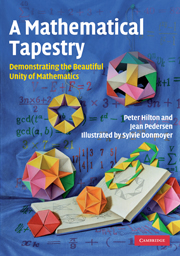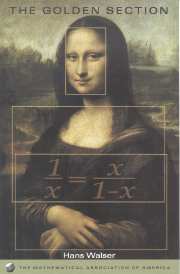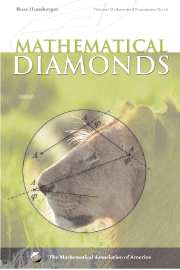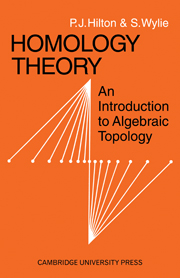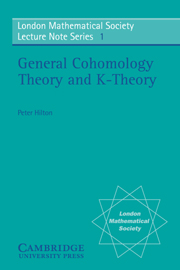A Mathematical Tapestry
This easy-to-read 2010 book demonstrates how a simple geometric idea reveals fascinating connections and results in number theory, the mathematics of polyhedra, combinatorial geometry, and group theory. Using a systematic paper-folding procedure it is possible to construct a regular polygon with any number of sides. This remarkable algorithm has led to interesting proofs of certain results in number theory, has been used to answer combinatorial questions involving partitions of space, and has enabled the authors to obtain the formula for the volume of a regular tetrahedron in around three steps, using nothing more complicated than basic arithmetic and the most elementary plane geometry. All of these ideas, and more, reveal the beauty of mathematics and the interconnectedness of its various branches. Detailed instructions, including clear illustrations, enable the reader to gain hands-on experience constructing these models and to discover for themselves the patterns and relationships they unearth.
- Accessible to anyone interested in symmetry, numbers and patterns
- Assumes no mathematical knowledge beyond school level
- Open questions encourage the reader to pursue the subject further on their own
Reviews & endorsements
'For some 30 years Peter Hilton and Jean Pedersen have written papers and books on mathematics, both recreational and advanced. Now they have pulled it all together in one exciting and handsome volume. It opens with detailed instructions on how to fold paper flexagons (there are now dozens of websites on these bewildering paper toys), followed by paper models of polygons and curious polyhedra, then on to other fascinating topics. The emphasis throughout is on symmetry and elegance. The writing is clear and informal, and the authors do not hesitate to include lovely proofs in number theory, algebra, geometry, and group theory. The book is a rich 'tapestry, as the authors call it, from first page to last.' Martin Gardner
'The book demonstrates the great unity of mathematics. This is supported by a wealth of instructive illustrations …' Zentralblatt MATH
Product details
No date availablePaperback
9780521128216
306 pages
247 × 174 × 18 mm
0.62kg
175 b/w illus.
Table of Contents
- Preface
- 1. Flexagons - a beginning thread
- 2. Another thread - 1-period paper folding
- 3. More paper folding threads - 2-period paper-folding
- 4. A number-theory thread - folding numbers, a number trick, and some titbits
- 5. The polyhedron thread - building some polyhedra and defining a regular polyhedron
- 6. Constructing dipyramids and rotating rings from straight strips of triangles
- 7. Continuing the paper-folding and number theory threads
- 8. A geometry and algebra thread - constructing, and using, Jennifer's puzzle
- 9. A polyhedral geometry thread - constructing braided platonic solids and other woven polyhedra
- 10. Combinatorial and symmetry threads
- 11. Some golden threads - constructing more dodecahedra
- 12. More combinatorial threads - collapsoids
- 13. Group theory - the faces of the tri-hexaflexagon
- 14. Combinatorial and group theory threads - extended face planes of the platonic solids
- 15. A historical thread - involving the Euler characteristic, Descartes' total angular defect, and Pólya's dream
- 16. Tying some loose ends together - symmetry, group theory, homologues, and the Pólya enumeration theorem
- 17. Returning to the number theory thread - generalized quasi-order and coach theorems
- References
- Index.

